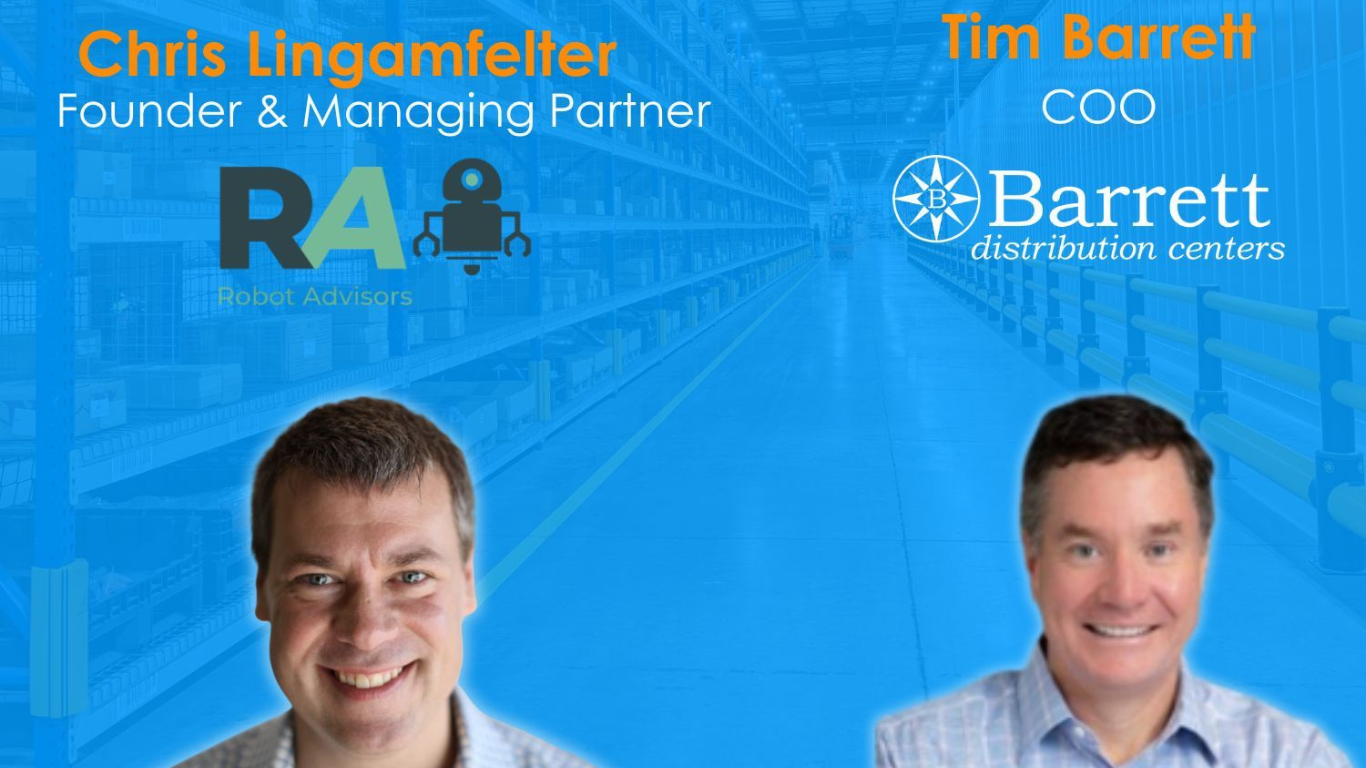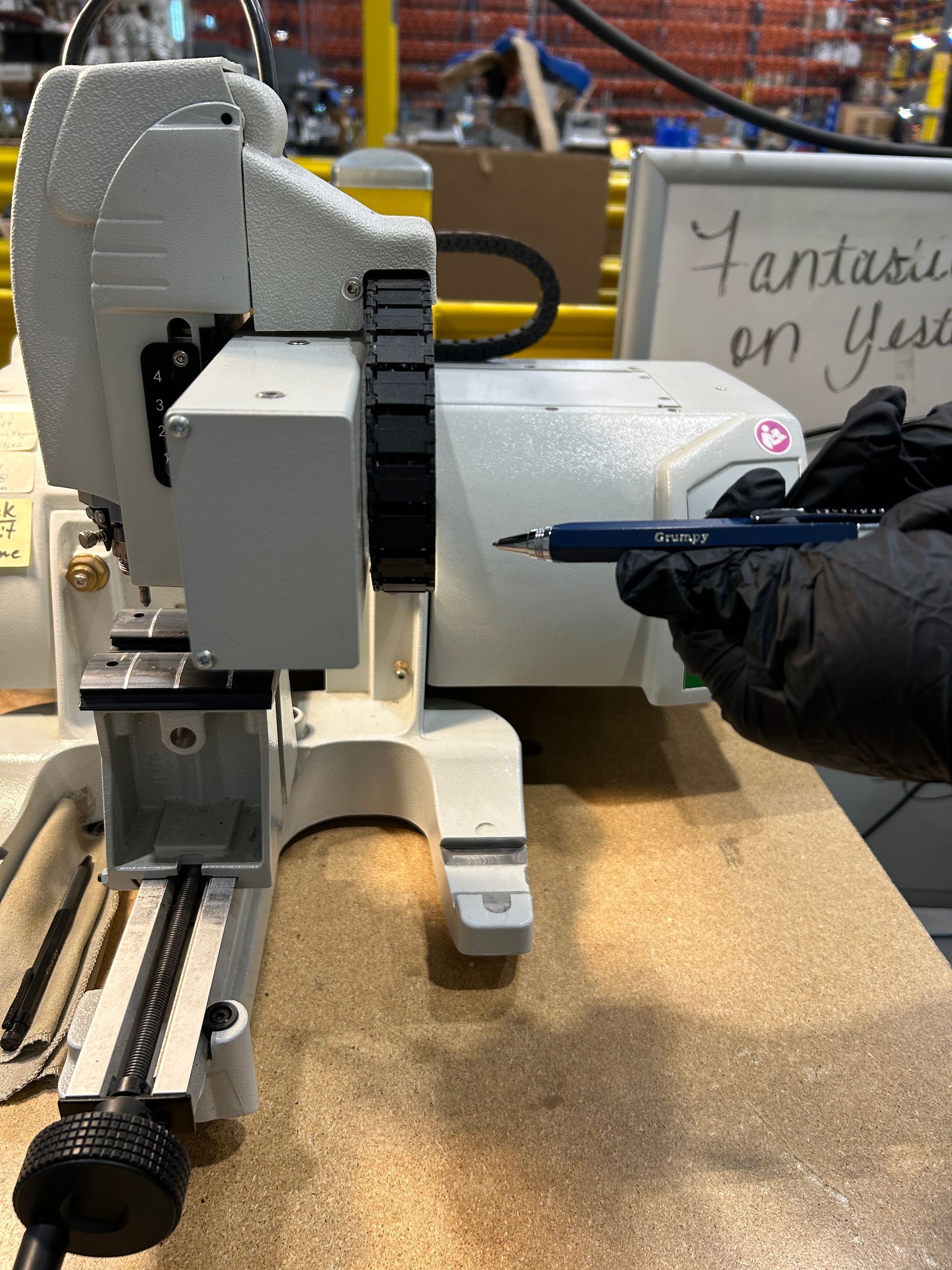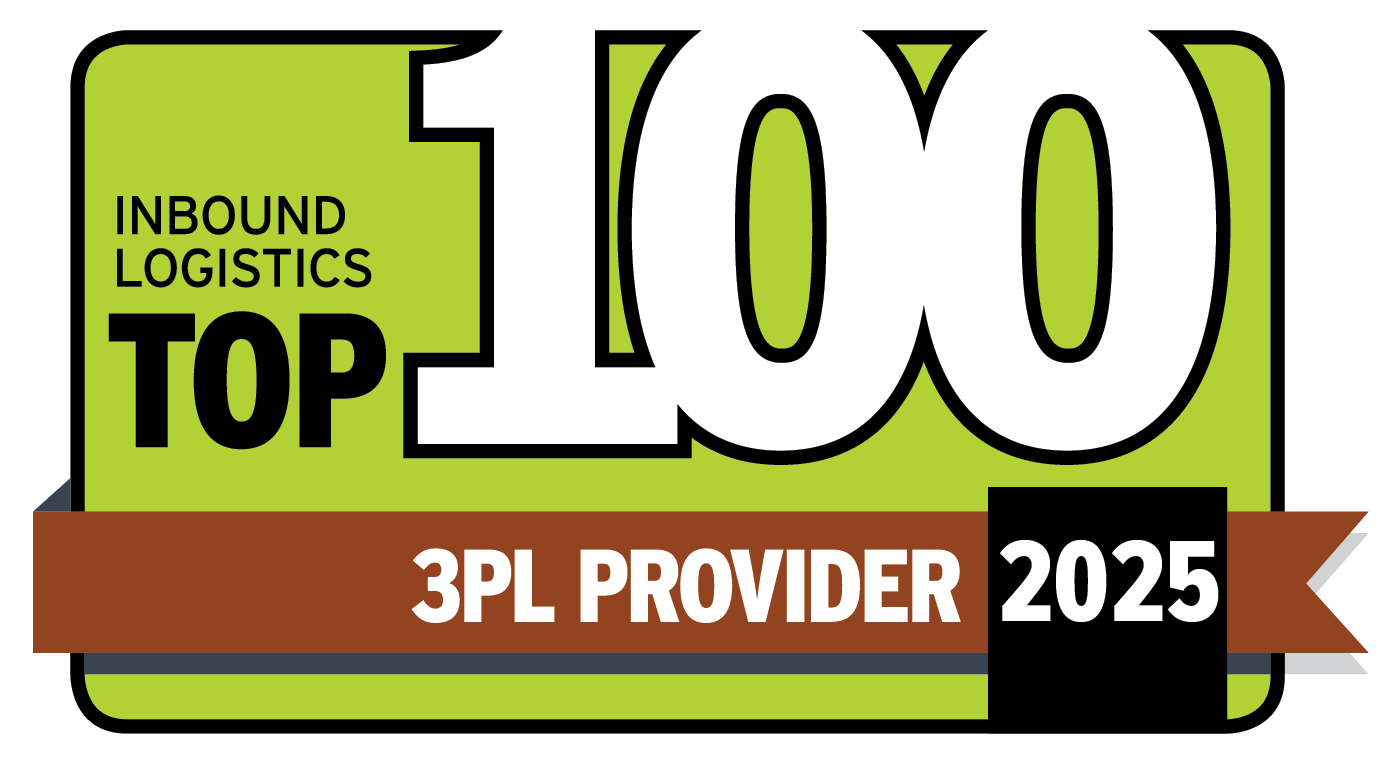Mid-Year Check-In: 4 Fulfillment Trends Barrett Is Helping Brands Navigate in 2025
We’re nearly halfway through 2025, and eCommerce brands already feel the impact of major shifts in fulfillment, automation and consumer expectations.
At Barrett Distribution Centers, we’re helping our partners stay agile and ahead of the curve. Here are four key trends and how Barrett delivers solutions that make a difference.
1. Brands Are Prioritizing U.S.-Based Fulfillment More Than Ever
With global shipping delays, rising tariffs and increased regulatory complexity, the need for a dependable U.S. 3PL partner has become a top priority for growing brands. Many are rethinking their footprint and shifting volume back onshore to reduce risk and increase speed to the customer.
How Barrett supports this:
We operate over 25 strategically located
fulfillment centers across the U.S., offering scalable support from coast to coast. Whether brands need to supplement an international setup or build a full domestic distribution strategy, we’re creating flexible models to meet their needs.
What we’re hearing: More brands are asking for dual-node fulfillment strategies to shorten delivery windows and improve regional responsiveness, especially heading into peak season.
2. Smart Bundling is Beating the Shipping Rate Surge
Shipping rates—especially for lightweight packages under one pound—continue to rise, with increases of 18–25% hitting hard in Q1 and Q2. Brands that haven’t yet adapted are seeing margin pressure grow.
What Barrett is doing:
We’ve helped several partners redesign their packaging, consolidate SKUs into bundles and reconfigure order logic to optimize shipping brackets. Our fulfillment and support teams work with brands to test and implement smart bundling strategies that lower costs while driving customer value.
Quick win: Bundling offsets shipping costs, boosts average order value and makes promotions more profitable.
3. Automation Is No Longer Optional
Warehouse automation isn’t just for enterprise brands anymore. With labor challenges and service-level expectations higher than ever, automation has become a necessity, especially for brands navigating rapid growth.
Barrett’s approach:
We use automation in facilities where it makes the most significant operational impact. These aren’t million-dollar systems; they’re right-sized tools that improve accuracy, reduce cycle time and speed up fulfillment.
What’s changed in 2025: Automation has become more plug-and-play and faster to implement, meaning brands can see ROI within months, not years.
4. Personalization Is Driving Loyalty (and Repeat Orders)
In 2025, personalization has shifted from “nice to have” to a competitive necessity. Customers expect a tailored experience, from the products to the packaging they arrive in.
What Barrett delivers:
We offer a full suite of value-added services, including embroidery, engraving, branded inserts, custom pack-outs and influencer kits. Whether you’re a luxury brand or a high-growth DTC company, we help create a fulfillment experience that feels on-brand and memorable.
Why it matters now: As consumer spending tightens, brands that deliver on the details see higher customer lifetime value and stronger repeat purchase behavior.
Looking for a True Partner—Not Just a Provider?
The pace of 2025 isn’t slowing down. If your current 3PL isn’t keeping up, it may be time for a change. At Barrett, we combine hands-on operational excellence with strategic insight to help brands scale smarter.
Let’s talk—schedule your complimentary supply chain consultation here.
Recent Blog Posts
